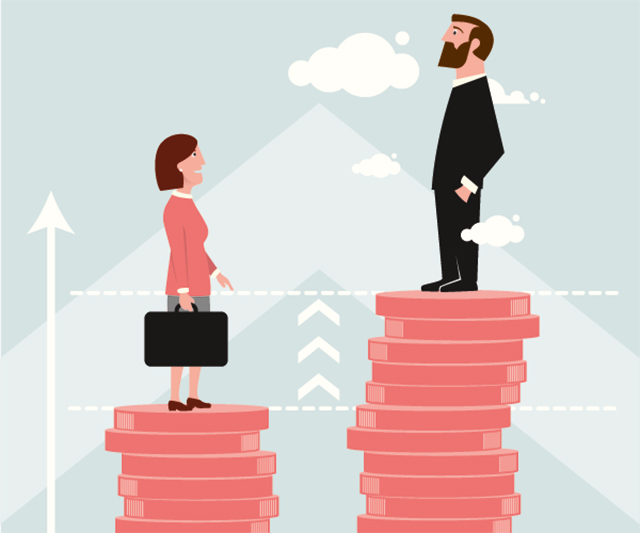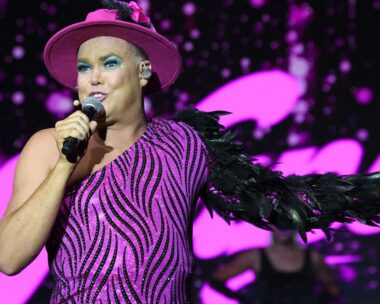Imagine ordering something online and it taking 59 days longer to arrive than if your husband/brother/father/son/male friend ordered it.
It seems ridiculous — absurd even — yet a similar disparity exists, and it affects women in a costlier way on a daily basis.
We’re talking about the gender pay gap.
Currently sitting at 14 per cent, the gender pay gap means that the average Australian woman, working full-time, earns $241.50 less than a man each week.
This gross injustice doesn’t just have an immediate effect, but a long-term one, too. On average, women retire with 36 per cent less superannuation than men, and the number of homeless women 55 and over has increased by 31 per cent in recent years.
While the gender pay gap is decreasing — it was 18.5 per cent in 2014 — the 0.6 per cent decrease over the last 16 months is arguably minimal and still sees women being unfairly short-changed.
Libby Lyons, Director of Workplace Gender Equality Agency (WGEA) — the government agency that calculates the gender pay gap — says that she was hoping for a bigger drop, and that there’s still more work to be done.
“Although it is good that the gender pay gap has declined slightly and remains stable, it shows that we still need to have more Australian employers taking action on gender equality and addressing pay equity.”
“Employers have to analyse their data to ensure their employees are paid equitably and lawfully. If they identify any pay gaps, they need to create action plans to eliminate them, measure their progress and hold people accountable for the outcomes,” she says.
Today, Wednesday, 28 August, is Equal Pay Day — or [Un]Equal Pay Day as it’s become known — a pivotal day for raising awareness of the gender pay gap.
The date is symbolic because it represents the additional 59 days that women have to work at the end of a financial year to earn the same as men.
“Women comprise half of Australia’s workforce. Yet over their working life, they will earn less than men, encounter more obstacles to their career progression than men and accumulate less superannuation and retirement savings than men,” says Lyons.
This needs to change, starting today.
What can you do to help close the gender pay gap?
Help raise awareness of the gender pay gap and Equal Pay Day on your social media accounts. Use the hashtags #EqualPayDay and #TheGapMatters.
Ask your employer if they have done a gender pay gap analysis and to share their gender equality policy with you and your colleagues.
Change your thinking: Don’t set salary goals and expectations on your past earnings or gender; find out what the market value is for your role and negotiate based on that.
Help improve your financial literacy and knowledge of the gender pay gap and superannuation at Financially Fit Females.





